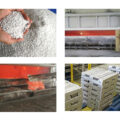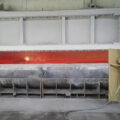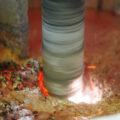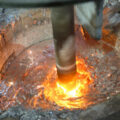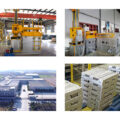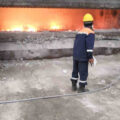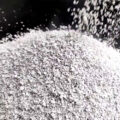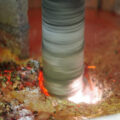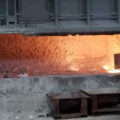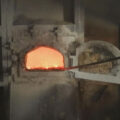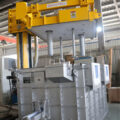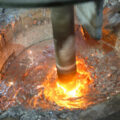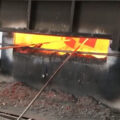Most of the casting and rolling manufacturers use high-purity argon or nitrogen as the carrier for refining, and purify the melt by blowing fluxes into the metal melt for refining.
Because the inert gas is insoluble in aluminum, when the uniform and small inert gas bubbles are blown into the solution, the pressure of the hydrogen in the solution is greater than the pressure inside the bubbles, so that the hydrogen in the metal will continue to diffuse into the inert gas bubbles until the pressure difference reaches zero to reach equilibrium until. During the floating process of the bubbles, a part of the hydrogen in the solution is removed. Due to the surface tension of the bubble, the impurities suspended in the solution will be adsorbed on the surface of the bubble, and a part of the slag will also be taken away during the bubble floating. Therefore, the more bubbles are blown into the melt, the better, and the denser the better.

The metal melt refining mainly uses powder flux, and the flux is mainly chloride, fluoride, and carbonate. Through the adsorption, dissolution and chemical reaction of salts, as well as the adsorption of volatile material bubbles generated, the purpose of slag removal and gas removal is achieved.
There are many oxidized inclusions and large slag content in molten aluminum. The content of slag inclusions in electrolytic primary aluminum is generally 1%-2%. These are harmful impurities, which not only affect the performance of the aluminum foil, but also easily cause cracking or strip breakage during the foil rolling process.
The gas impurity in the electrolytic aluminum liquid is mainly hydrogen (about 70% to 90%). The hydrogen content of the electrolytic aluminum solution is above 0.30ml/(100gAl). When the degassing is not complete, the hydrogen precipitated during the solidification of the cast-rolled sheet accumulates at the front of the casting nozzle. When the cast-rolled plate is rolled, it is continuously brought out to form an air channel. When it is slight, the micropores are pressed together to form whitish stripes on the surface of the board; when it is severe, it cracks directly and forms groove-like stripes. The use of such cast-rolled plates will cause a large amount of pinhole waste and aluminum foil to break or crack, and cannot guarantee the production of aluminum foil. This is the key link that needs to be controlled in production.

